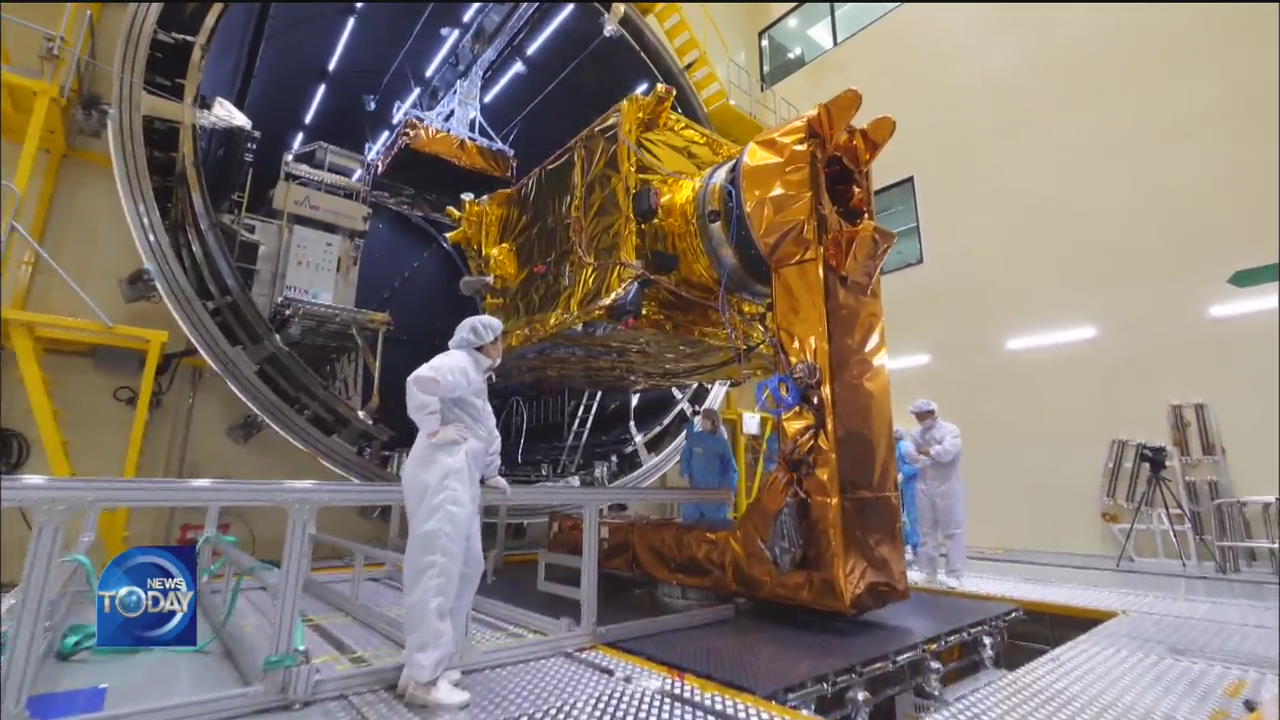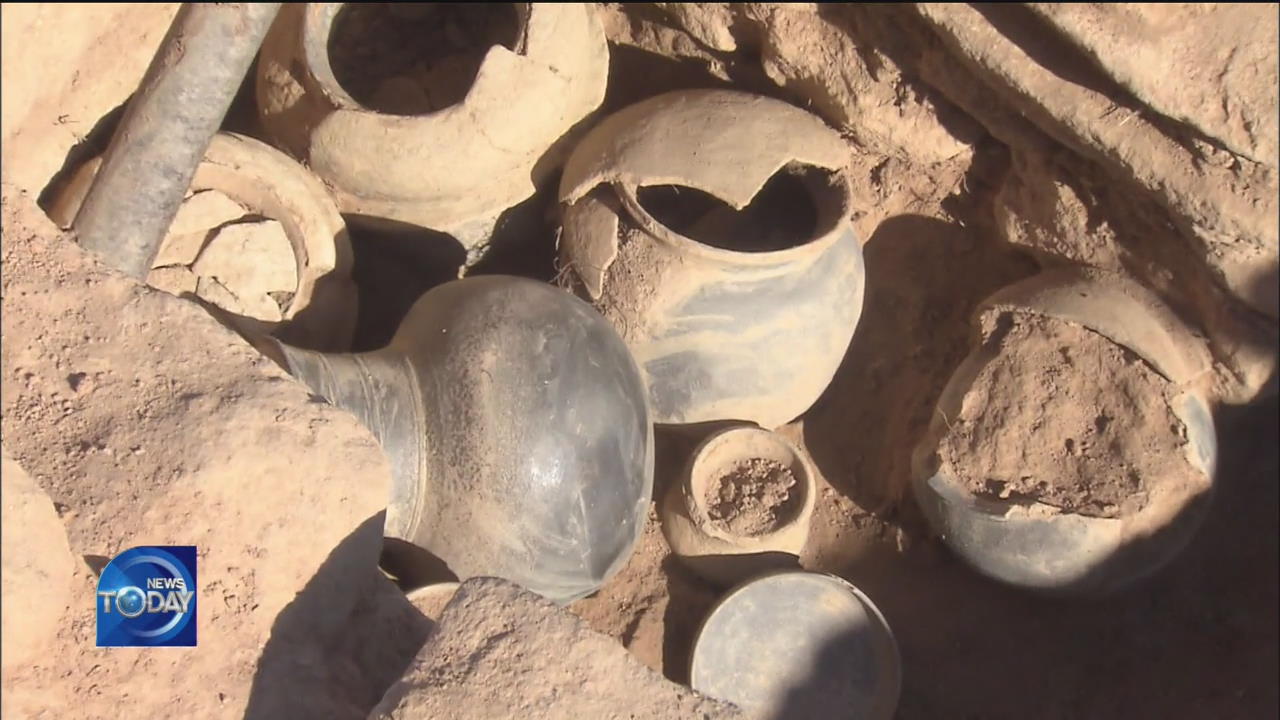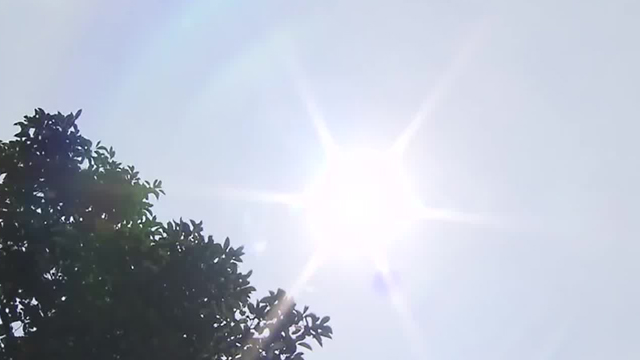WORLD'S FIRST CHEOLLIAN 2B UNVEILED
입력 2019.12.06 (15:11)
수정 2019.12.06 (17:44)
읽어주기 기능은 크롬기반의
브라우저에서만 사용하실 수 있습니다.
[Anchor Lead]
South Korea has unveiled the world's first geostationary meteorological satellite Cheollian 2B, which is to be launched in February next year. The satellite can observe air pollution over the Korean Peninsula with higher precision, and is expected to help Korea deal with the worsening microdust more effectively.
[Pkg]
The Cheollian 2B satellite was developed relying only on Korean technology. Wrapped in an insulating material, the satellite undergoes a final checkup prior to its launch. Measuring three meters wide and 3.8 meters in height, the satellite is equipped with an ultra-precision optical device called "geostationary environment monitoring spectrometer." The Cheollian 2B will orbit the Earth above the Korean Peninsula 36,000 kilometers from the equator to monitor more than 20 kinds of air pollutants, including microdust from China, and trace their routes. It's the world's first geostationary meteorological satellite to be equipped with an environmental payload. It is expected to help meteorologists make more accurate forecasts of air pollution, which so far has been mostly sourced from surface observation data.
[Soundbite] CHOI JAE-DONG(KOREA AEROSPACE RESEARCH INSTITUTE) : "So far, we only used surface observation data, but from now on we will be able to use broad data to predict the movement of air pollutants during daytime in a more accurate manner."
The Cheollian 2B is also equipped with a marine observation device that can monitor marine conditions around the Korean Peninsula in real time. The satellite's launch is scheduled for February 2020 from the Guiana Space Center in South America.
[Soundbite] KIM HYUNG-WAN(KOREA AEROSPACE RESEARCH INSTITUTE) : "We have already tested the launch environment and the orbit, and are currently testing the propulsion system. From December 20 we will wrap the satellite to prepare for its relocation to the launch center."
If the Cheollian 2B is launched successfully, it will carry out its duties for 10 years next to its twin satellite, Cheollian 2A, which was launched into space last year for meteorological observation.
South Korea has unveiled the world's first geostationary meteorological satellite Cheollian 2B, which is to be launched in February next year. The satellite can observe air pollution over the Korean Peninsula with higher precision, and is expected to help Korea deal with the worsening microdust more effectively.
[Pkg]
The Cheollian 2B satellite was developed relying only on Korean technology. Wrapped in an insulating material, the satellite undergoes a final checkup prior to its launch. Measuring three meters wide and 3.8 meters in height, the satellite is equipped with an ultra-precision optical device called "geostationary environment monitoring spectrometer." The Cheollian 2B will orbit the Earth above the Korean Peninsula 36,000 kilometers from the equator to monitor more than 20 kinds of air pollutants, including microdust from China, and trace their routes. It's the world's first geostationary meteorological satellite to be equipped with an environmental payload. It is expected to help meteorologists make more accurate forecasts of air pollution, which so far has been mostly sourced from surface observation data.
[Soundbite] CHOI JAE-DONG(KOREA AEROSPACE RESEARCH INSTITUTE) : "So far, we only used surface observation data, but from now on we will be able to use broad data to predict the movement of air pollutants during daytime in a more accurate manner."
The Cheollian 2B is also equipped with a marine observation device that can monitor marine conditions around the Korean Peninsula in real time. The satellite's launch is scheduled for February 2020 from the Guiana Space Center in South America.
[Soundbite] KIM HYUNG-WAN(KOREA AEROSPACE RESEARCH INSTITUTE) : "We have already tested the launch environment and the orbit, and are currently testing the propulsion system. From December 20 we will wrap the satellite to prepare for its relocation to the launch center."
If the Cheollian 2B is launched successfully, it will carry out its duties for 10 years next to its twin satellite, Cheollian 2A, which was launched into space last year for meteorological observation.
■ 제보하기
▷ 카카오톡 : 'KBS제보' 검색, 채널 추가
▷ 전화 : 02-781-1234, 4444
▷ 이메일 : kbs1234@kbs.co.kr
▷ 유튜브, 네이버, 카카오에서도 KBS뉴스를 구독해주세요!
- WORLD'S FIRST CHEOLLIAN 2B UNVEILED
-
- 입력 2019-12-06 15:11:46
- 수정2019-12-06 17:44:56

[Anchor Lead]
South Korea has unveiled the world's first geostationary meteorological satellite Cheollian 2B, which is to be launched in February next year. The satellite can observe air pollution over the Korean Peninsula with higher precision, and is expected to help Korea deal with the worsening microdust more effectively.
[Pkg]
The Cheollian 2B satellite was developed relying only on Korean technology. Wrapped in an insulating material, the satellite undergoes a final checkup prior to its launch. Measuring three meters wide and 3.8 meters in height, the satellite is equipped with an ultra-precision optical device called "geostationary environment monitoring spectrometer." The Cheollian 2B will orbit the Earth above the Korean Peninsula 36,000 kilometers from the equator to monitor more than 20 kinds of air pollutants, including microdust from China, and trace their routes. It's the world's first geostationary meteorological satellite to be equipped with an environmental payload. It is expected to help meteorologists make more accurate forecasts of air pollution, which so far has been mostly sourced from surface observation data.
[Soundbite] CHOI JAE-DONG(KOREA AEROSPACE RESEARCH INSTITUTE) : "So far, we only used surface observation data, but from now on we will be able to use broad data to predict the movement of air pollutants during daytime in a more accurate manner."
The Cheollian 2B is also equipped with a marine observation device that can monitor marine conditions around the Korean Peninsula in real time. The satellite's launch is scheduled for February 2020 from the Guiana Space Center in South America.
[Soundbite] KIM HYUNG-WAN(KOREA AEROSPACE RESEARCH INSTITUTE) : "We have already tested the launch environment and the orbit, and are currently testing the propulsion system. From December 20 we will wrap the satellite to prepare for its relocation to the launch center."
If the Cheollian 2B is launched successfully, it will carry out its duties for 10 years next to its twin satellite, Cheollian 2A, which was launched into space last year for meteorological observation.
South Korea has unveiled the world's first geostationary meteorological satellite Cheollian 2B, which is to be launched in February next year. The satellite can observe air pollution over the Korean Peninsula with higher precision, and is expected to help Korea deal with the worsening microdust more effectively.
[Pkg]
The Cheollian 2B satellite was developed relying only on Korean technology. Wrapped in an insulating material, the satellite undergoes a final checkup prior to its launch. Measuring three meters wide and 3.8 meters in height, the satellite is equipped with an ultra-precision optical device called "geostationary environment monitoring spectrometer." The Cheollian 2B will orbit the Earth above the Korean Peninsula 36,000 kilometers from the equator to monitor more than 20 kinds of air pollutants, including microdust from China, and trace their routes. It's the world's first geostationary meteorological satellite to be equipped with an environmental payload. It is expected to help meteorologists make more accurate forecasts of air pollution, which so far has been mostly sourced from surface observation data.
[Soundbite] CHOI JAE-DONG(KOREA AEROSPACE RESEARCH INSTITUTE) : "So far, we only used surface observation data, but from now on we will be able to use broad data to predict the movement of air pollutants during daytime in a more accurate manner."
The Cheollian 2B is also equipped with a marine observation device that can monitor marine conditions around the Korean Peninsula in real time. The satellite's launch is scheduled for February 2020 from the Guiana Space Center in South America.
[Soundbite] KIM HYUNG-WAN(KOREA AEROSPACE RESEARCH INSTITUTE) : "We have already tested the launch environment and the orbit, and are currently testing the propulsion system. From December 20 we will wrap the satellite to prepare for its relocation to the launch center."
If the Cheollian 2B is launched successfully, it will carry out its duties for 10 years next to its twin satellite, Cheollian 2A, which was launched into space last year for meteorological observation.
이 기사가 좋으셨다면
-
좋아요
0
-
응원해요
0
-
후속 원해요
0

















이 기사에 대한 의견을 남겨주세요.